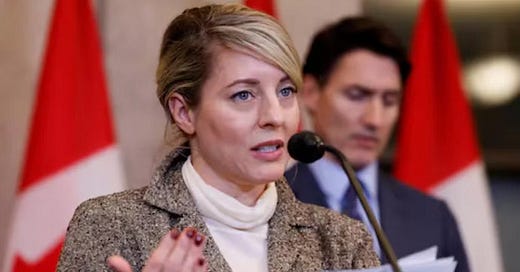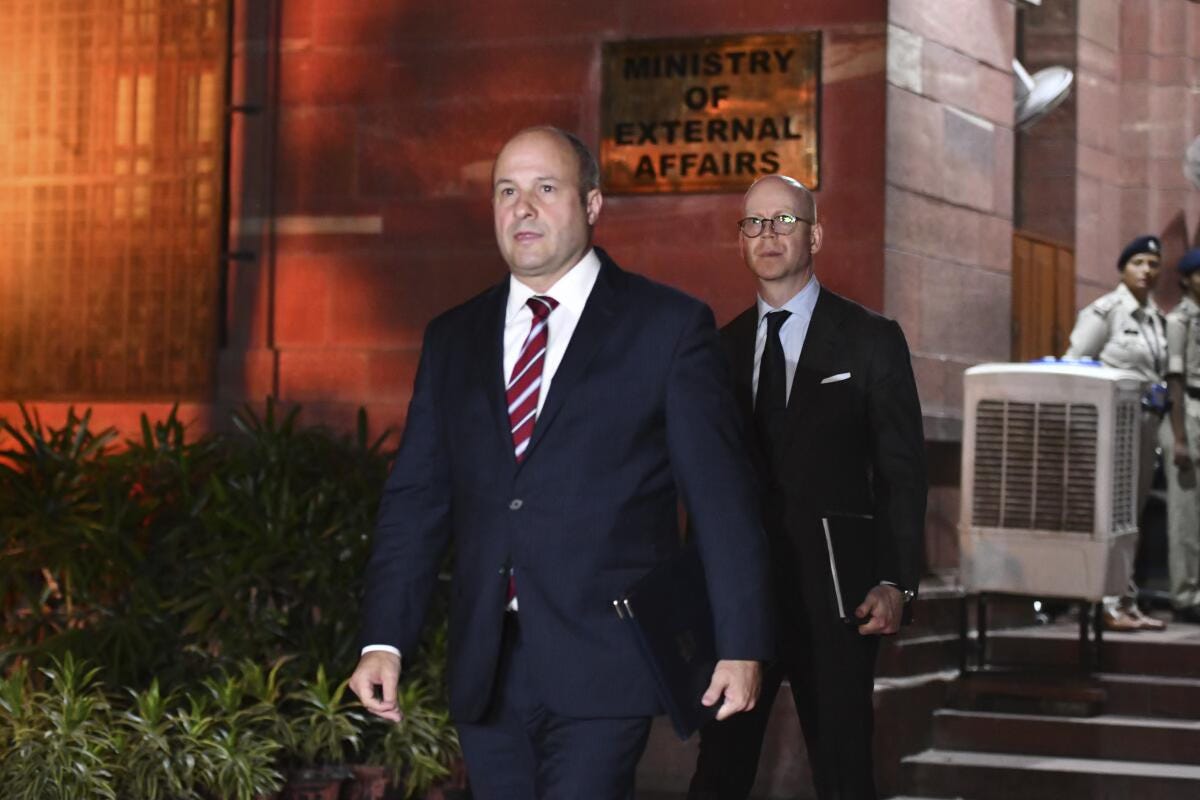Where does Canada's fractured relationship with India stand?
The expulsion of six Indian diplomats for the alleged ties with murder and organised crime has shaken Canadian immigration to its core.
The Bombshell Announcement
Two weeks ago, Foreign Minister Melanie Joly announced — effective immediately — that Canada would expel 6 top diplomats from India, including the High Commissioner. In the press conference, Minister Joly stated that there was “clear and compelling evidence that agents of the government of Indian have engaged in and continue to engage in activities that pose a significant threat to public safety.”
The announcement comes in the wake of a rapidly deteriorating diplomatic row between the two countries, as initiate last year when Prime Minister Trudeau declared there was significant evidence linking Indian agents to the killing of a Canadian Sikh, Hardeep Singh Nijjar, on Canadian soil. Beyond targeted killing, there is also — according to the Canadian government — clear evidence of coercive behaviour, extortion, spying and information-gathering, targeting of South Asian Canadians, and threatening and violent acts by agents tied directly to the Indian government.
As of now, both countries have expelled each other’s top envoys (including Canada’s deputy high commissioner to India, Stewart Wheeler, pictured below).
Chaos in Canada’s Immigration System
This latest news is set to rock Canada’s immigration system to its core.
First of all, Canada has one of the largest Indian-origin diasporas globally, including over 427,000 Indian international students (the highest number in the world, ahead of the USA, UK, and Australia). According to Statistics Canada, over 1 in 3 international students with new study permits are from India.
Second, international students are vital members of Canadian society. In 2022 alone, international students contributed over $31 billion to the Canadian economy, generated 246,310 jobs, and provided $7.4 billion in tax revenue.
The flurry of policies following Trudeau’s original announcement — including a capped international student permits and tightened restrictions on post-graduate work permits — seem to have already led to significant drops in the number of Indian students in Canada. Statistics Canada data shows that Indian students that hold new study permits has been cut in half this year.
The Implications of Losing Indian Students
As Indian students form the single largest source for Canada’s international students, these findings are concerning. The federal department of immigration (known as Immigration, Refugees, and Citizenship Canada or IRCC) has already issued a statement directly acknowledging the impact of these announcements on Indian applications. According to a spokesperson: ”Immigration, Refugees and Citizenship Canada is working hard to continue mitigating any impact on applicants from or in India by continuing to share the workload across our global processing network.”
Stakeholders have already started to brace for the impacts of this policy. According to Career Mosaic, a top global recruitment agency: “We foresee a 20% decline in Indian student applications to Canadian institutions, continuing the downward trend driven by visa delays, housing challenges, and diplomatic tensions.”. New research by IDP Education shows that 1 in 5 international students applying to Canada who receive an offer decline in favour of another country of study — the highest rate of ‘decliners’ in the world.
Who will be hit hardest by these changes? Let’s name a few.
Ontario Colleges. Up to 50% of total income for Ontario colleges comes from international student tuition fees, which roughly a third is filled by students from India. Recruitment losses project an average drop in around 40% of total income across the sector (which some variation between colleges based on size and other factors). Impact: severe.
Colleges Outside of Ontario — Of course, enrolments in colleges overall tend to skew more in favour of more international students overall, so naturally other public colleges in Canada are set to feel the crunch. Impact: moderate.
Universities — International student fees represent 20% of total income, and so with a drop in up to 40% of international student enrolments projected — that’s effectively a loss of up to 8% total income. But there’s a lot of variation with programs at the university-level, so the impacts are still likely to be hard to see — at least in the short-term. Impact: unknown.
As diplomatic tensions between Canada and India remain as frosty as ever, and a slew of new immigration cuts recently announced, it looks like the post-secondary sector is in for a rough few years ahead.








